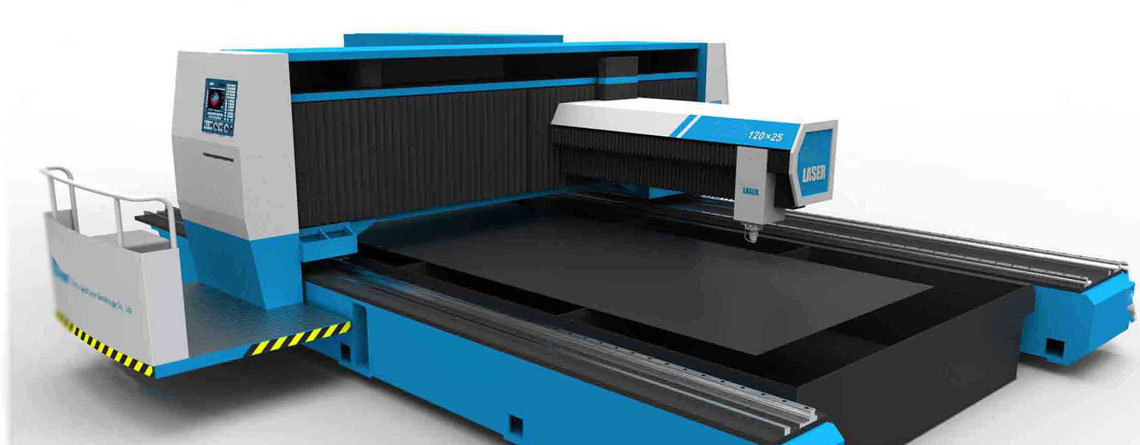Requirements and key points of laser cladding repair
With the development of 4K/3D/laser projection/high frame rate/LED light source, coaxial audio and other technical hot spots, mainstream projector manufacturers have successively launched their own laser projector products in the first half of 2014, which has made laser light sources a hot topic. Topic, how far can the laser go? What are the problems with the laser light source? How did each company solve these problems in the process of applying them to the construction of the theater?
Requirements and key points of laser cladding repair:
The customer requested that the original size of the screw can be restored, the surface hardness is >HRC55, the screw has no deformation, the coating has no porosity, and cannot fall off during the extrusion. Customers have tried thermal spraying and surfacing welding in traditional surface repair technology, but the repair results have varying degrees of defects.When thermal spraying repairs, the thickness of the coating should not be too thick. When the thread is worn out, it is difficult to restore the size. At the same time, the combination of the thermal spray repair coating and the screw base material is a mechanical combination, and the bonding strength is low, and the coating is likely to peel off under severe working conditions. In addition, there are certain pores in the thermal spray coating, which will also affect the working life of the screw.
During surfacing repair, traditional surfacing (manual or plasma surfacing) has a large heat input, which is likely to cause deformation of the screw, and the heat-affected zone of the substrate is large, and the surface hardness of the coating is difficult to meet the requirements.
Laser cladding has obvious advantages over the two typical traditional surface repair technologies. The thickness of the coating is suitable, the metallurgical combination with the base material, the coating is dense and non-porous, and the heat input is small, and there is no deformation.
